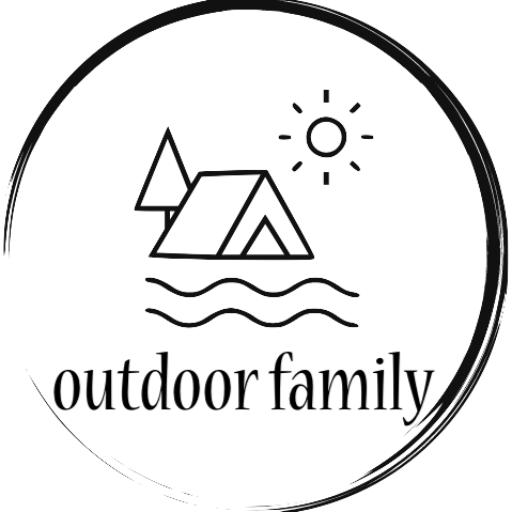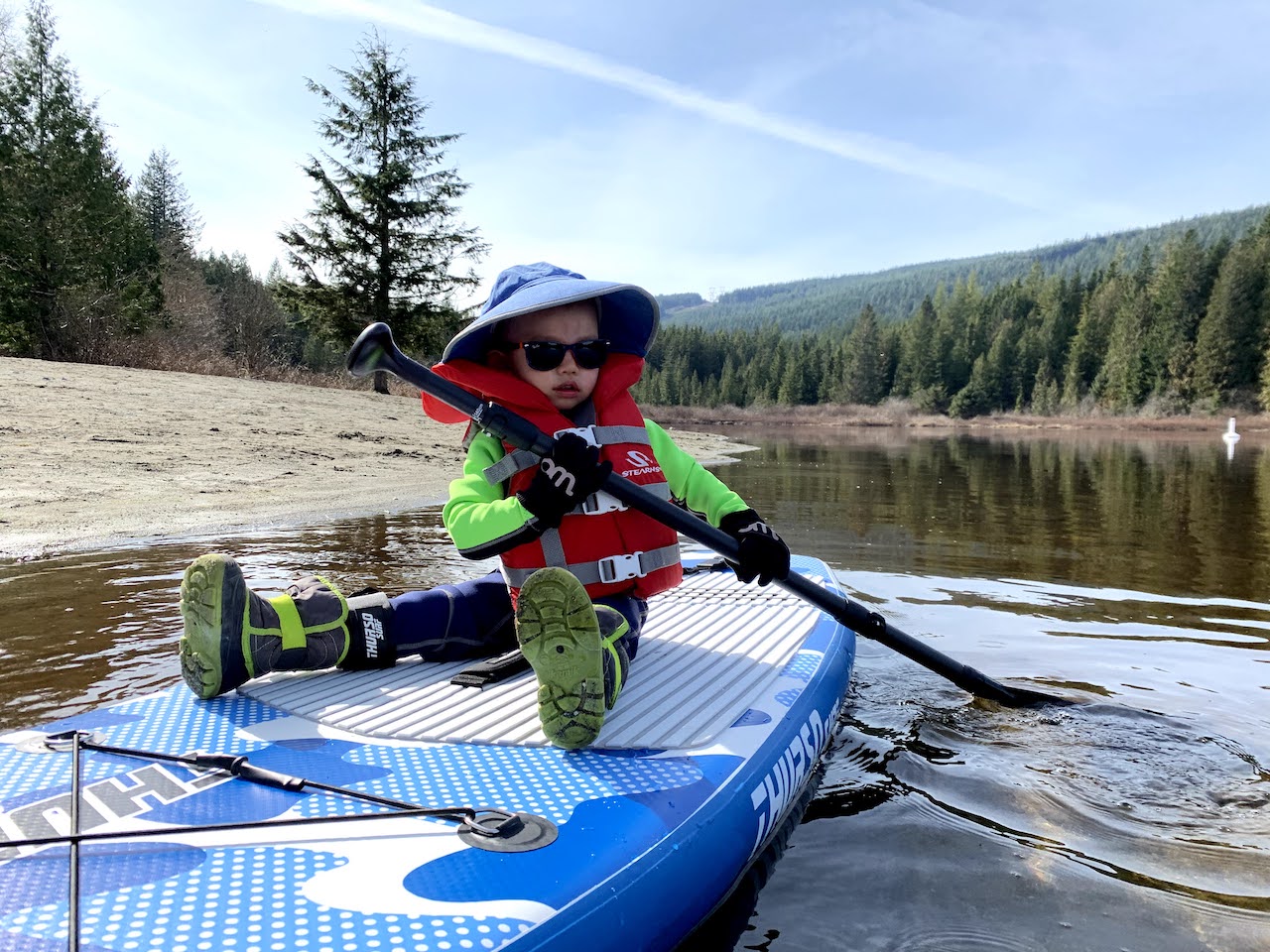As more and more of our friends pick up paddleboarding, here are a few safety tips that we learned from various sources. I felt obligated to list them here so that readers consider these before jumping in to explore one of the destinations we share on our blog.
- Paddle with others. Paddling with someone who can lend a helping hand when you are in trouble is a great safety net.

- Always use a leash. Your board is a great floatation device, but only if you can reach it. An ankle leash ensures that if you fell into the water, your board would be within reach.

- Wear a PFD (personal floatation device). Do not rely solely on the board for floatation. An inflatable paddleboard could be punctured and deflate, or you could experience a cold shock when you fell in and lose your ability to swim. It’s required by law as well. A non-inflatable PFD is recommended for beginners, although I started using an inflatable one as I got more comfortable.

- Bring a signalling device. A pea-less marine whistle is a good, cheap option to let nearby boaters know that you are in trouble. The whistle can transmit sound much further than yelling.
- Wear suitable clothing. For the majority of the year, waters in Metro Vancouver can be quite cold even as the air temperature warms up. It’s not uncommon to have water temperatures <10 degrees when it’s >20 degrees out. Lakes in the mountains can be surprisingly cold if they are fed by melting snow in the spring. Dry suits are expensive but comfortable, whereas wetsuits are cheaper but non breathable and restrict movement. Alternatively, some paddlers advocate for practicing cold immersion so that they can still swim for a few minutes if they fell into cold water, enough time to get back onto their boards. For more information on what to wear, check out this REI article, which states that the combined air and water temperature has to exceed 120F (48C) for paddlers to ditch their wet or dry suit. I’m not sure where we can find paddle locations around Vancouver for that kind of toasty temperatures though.

- Invest in a dry bag to bring dry clothes and your cellphone. Changing into dry clothing after you get wet is important to stay warm. Having a cellphone where you have cellular reception allows you to call for help if needed.
- Research the conditions before heading out. Avoid windy days, poor weather, or large swells. My favorite app for this is Windy, which gives your forecasts on wind, rain, and swell for free. For a beginner, all three conditions should be optimal. I’d recommend: no rain, max wind gusts less than 10km/h, and swell less than 0.3m.

- Share your paddle plan with a trustworthy person and let them know when you will check in, and to call 911 if you don’t. Even with all the planning you did, you could still find yourself a pickle especially if you paddled alone where there aren’t anyone else to call on for help (usually not an issue if you picked one of the destinations below). Many things could prevent you from getting back: the wind could pick up, the swells could be too much for you to handle, you could lose your paddle or have a punctured board. If someone knows you may be in trouble, they can initiate a Search and Rescue response quickly.
- Choose your destination wisely.
A good beginner’s destination should have the following characteristics:
- calm, flat water. This generally means sticking to small lakes and avoiding rivers and oceans.
- popular with other paddlers (in case you get into trouble and need help)
- few motorboats, traveling in a predictable and avoidable route
- easy to launch
We made a list of our favorite beginner-friendly paddle destinations around Metro Vancouver.


One response to “Paddling Safety Tips”
[…] For beginners, we recommend practicing in smaller lakes or well-protected inlets. Before we jump into the list of our top recommendations for beginner paddleboarders, please check out our list of safety tips. […]